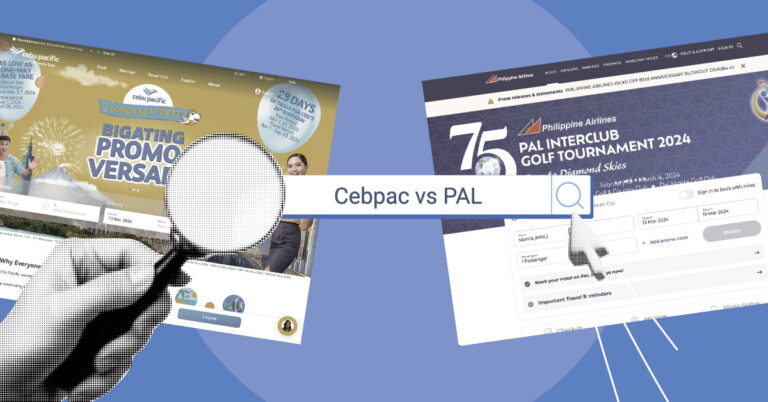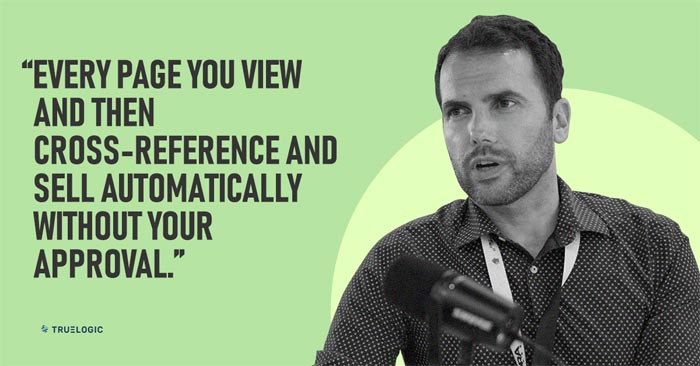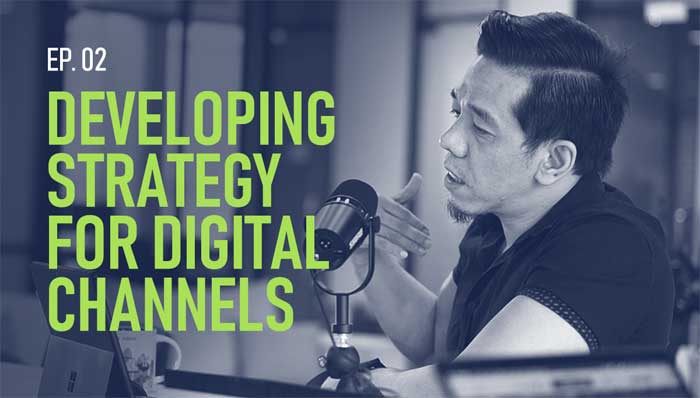Truelogic DX November 2021 Recap: Championing User Experience

Someone Has To Do The Job
In Truelogic’s last DX webinar for 2021, we invited Denise Haak, President and CEO of Qairos Inc, a User Experience (UX) Design, to come and tell us more about what UX design is and what it does.
UI/UX is an established discipline in the US – and it has important figures such as Tristan Harris who promote the need for ethical design, said webinar host Bernard San Juan III.
In the Philippines, it’s hard to source this kind of talent, so why would someone like Haak want to do it, he asked.
“Because someone has to do it,” said Haak.
Haak has remarked on many public occasions that she is drawn to UX design’s empathic, customer-centric approach.
At the webinar she stated: “UX is one of those industries where you don’t make the decisions in a boardroom,” Haak stated.
“You and your clients, or your partners, or consultants, have to go out and check with customers and users – and ultimately, they tell you if you’re heading in the right direction or not.”
“And I love that it’s removing us from the equation – because we’re not the customer,” she said.
Demystifying UI/UX
One of the ways to understand what UI/UX does is to understand the difference between design and artistry.
“Artistry is practicing creativity and self-expression and communicating some kind of emotion from the artist,” Haak said. “Design is actually trying to create emotion, whether positive or neutral, for the users.”
User experience comes in “the minute you have people who actually need to interact with this thing, and actually need to use it to complete tasks.” Only then, she says, it becomes user experience.
UX is how a thing behaves and works, while UI encompasses all of the things users interact with. The relationship between the two is like the relationship between a doctor and a nurse, or an architect and an interior designer.
UI/UX design and strategy differs according to brand and according to customer, Haak said. Marketing also doesn’t have anything to do with it, she added, because it’s not about one’s competitors.
Signs You Need an UI/UX “Intervention”
San Juan asked Haak, “When should a business suspect that they need to invest in UX/UI?”
“When you start getting angry customers,” she replied.
Examples she offers: when people come to your website, but the bounce rate is really high, or when users peruse the website, but are not actually transacting with it.
So if a user is going to a “competitor”, so to speak, the problem is with user experience already.
“That’s a problem – because another person, or another app could easily deliver a better experience [that’s] faster, fitter, and funner.”
It’s never too early to start the UX/UI review process. “It’s a very tedious and long process, and if you start the UX process early, the likelihood that you’ll have to fix stuff during the development phase is much, much less.”
“More importantly, you don’t wonder if – when you deploy this product – if people are actually going to be able to use it or like it.”
It’s never too late to start on UX, either, because like with love, Haak says, you should never give up on building wonderful relationships.
Where UX Really Works
Haak cites websites such as Teko.ph, a repair and servicing aggregator company that’s good at “disclosing things progressively” and avoids asking questions that are scary or overwhelming.
A brand like Grab is like the “super of all super apps,” she says.
UX does a great job of pinpointing when users might drop off because the process turns into a hassle or becomes intimidating to the user.
Sometimes brands innovate without feedback from the customer, which can actually work against user experience – and in these cases, it’s better to give them a heads up, Haak said.
In-house Team or UX/UI Specialists?
This is a question brand owners and enterprises often think about when evaluating their digital products.
Haak says that it really depends how often you will need UX work done. “If you’re somebody like Lazada, it makes more sense for you to have an internal UI/UX team, because your entire business is dependent on that experience for your customers on your website.”
If not, outsourcing is the better option.
One thing worth remembering is that working with an external third party creates fairer, objective reviews of a product. Companies come to Haak very personally and emotionally invested in their products, and they need a third party to help balance out the decisions that they’re making for their customers.
Making the Investment
San Juan noted that everybody wants UI/UX, but nobody really wants to move resources toward it.
The biggest roadblock to that, Haak said, is simply not understanding what UX really is about.
“The beautiful part about UX, which is also why people don’t understand [enough] to invest in it, is [that] good UX is invisible.”
“It’s got a lot of processes and methodologies; a lot of thinking and strategy. And if they don’t understand that, it becomes very difficult for them to invest, or even to defend the investment to ‘internals.’”
Haak also reminds people of the opportunity cost of not investing in UX. “When you don’t invest in UX, you might lose customers. You might already be losing customers.”
UX builds relationships and strengthens them, she says, and then eventually becomes second nature to their customers; they stop thinking about going anywhere else.
This is the last Truelogic DX webinar for the year. Come visit Truelogic’s website to watch the replay of this webinar and learn more about our past webinar sessions.
Have comments or feedback for us? Your views are welcome! Send us a message to hello@truelogic.com.ph.










